Tech Tips
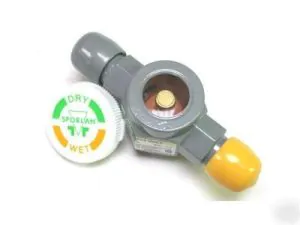
Often in commercial HVAC and refrigeration, you'll come across a sight glass/moisture indicator on the liquid line. (Oil sight glasses also exist, but those are different from what I'm talking about today.) Sight Glass The sight glass portion is simple; it's just there to show if the liquid line has a full line of liquid […]
Read more
As we discussed in an earlier podcast, a TXV maintains a specified and constant superheat at the evaporator coil outlet. It does this through a balance of forces between the bulb pressure (opening force), equalizer pressure (closing force), and spring pressure (closing force). We can actually adjust the spring pressure on some valves. But why […]
Read more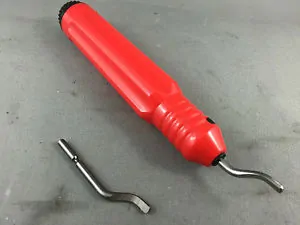
Deburring copper tubing (often called reaming) is the practice of running a blade around the inside of tubing after you cut it to remove the burr edge from the inside. It's an important practice and should be performed whenever possible. Deburring reduces turbulence inside the lines, as burrs can cause turbulence. HOWEVER… YOU MUST MAKE […]
Read more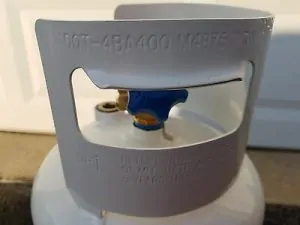
Most techs know that you shouldn't fill a recovery tank more than 80% with liquid-based refrigerant. Many know that the WC rating stands for “water capacity.” So, you need to adjust for the density of the actual refrigerant rather than just using 80% of WC. I hope most of you know that the TW marking […]
Read more
Sometimes, you may have to replace a fancy thermostat with a simple one. It may be because the customer got fed up with all the options, or maybe the basic stat is the only thing on your truck. No matter the reason, you need to make sure the new thermostat can do the old one's […]
Read more
First, here's a quick summary of the role of oil in the refrigerant circuit: The compressor requires oil for the lubrication of the moving parts in the compressor. We would keep 100% of the oil in the compressor if we could. However, that is generally unrealistic. So, we need to utilize oils and oil strategies […]
Read more
It was an awkward conversation, bringing a technician nearly twice my age into my office for a talk. “I'm good at fixing units. I'm not some fancy-talking sales tech,” the technician half-mumbled as I sat looking at him. “The customer complained that you made them feel uncomfortable, you were unfriendly, and you tracked dirt in […]
Read more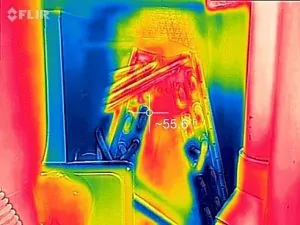
Photo by Ulises Palacios Refrigerant circuit restrictions can be common things like a plugged filter drier or a restricted metering device. They can also be more difficult to diagnose and stem from exotic issues like a kinked liquid line, blocked evaporator feeder tube, or a compressor connected improperly with a discharge line full of solder […]
Read more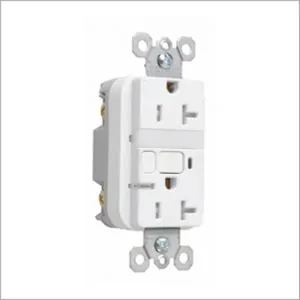
First off, the correct acronym for a GFI (ground fault interrupter) is “GFCI” (ground fault circuit interrupter). The purpose is to act as a safety device to protect from electrical shock. GFCIs are important components of electrical safety. GFCIs can be built into outlets, circuit breakers, and even extension cords. We generally use them for […]
Read more





